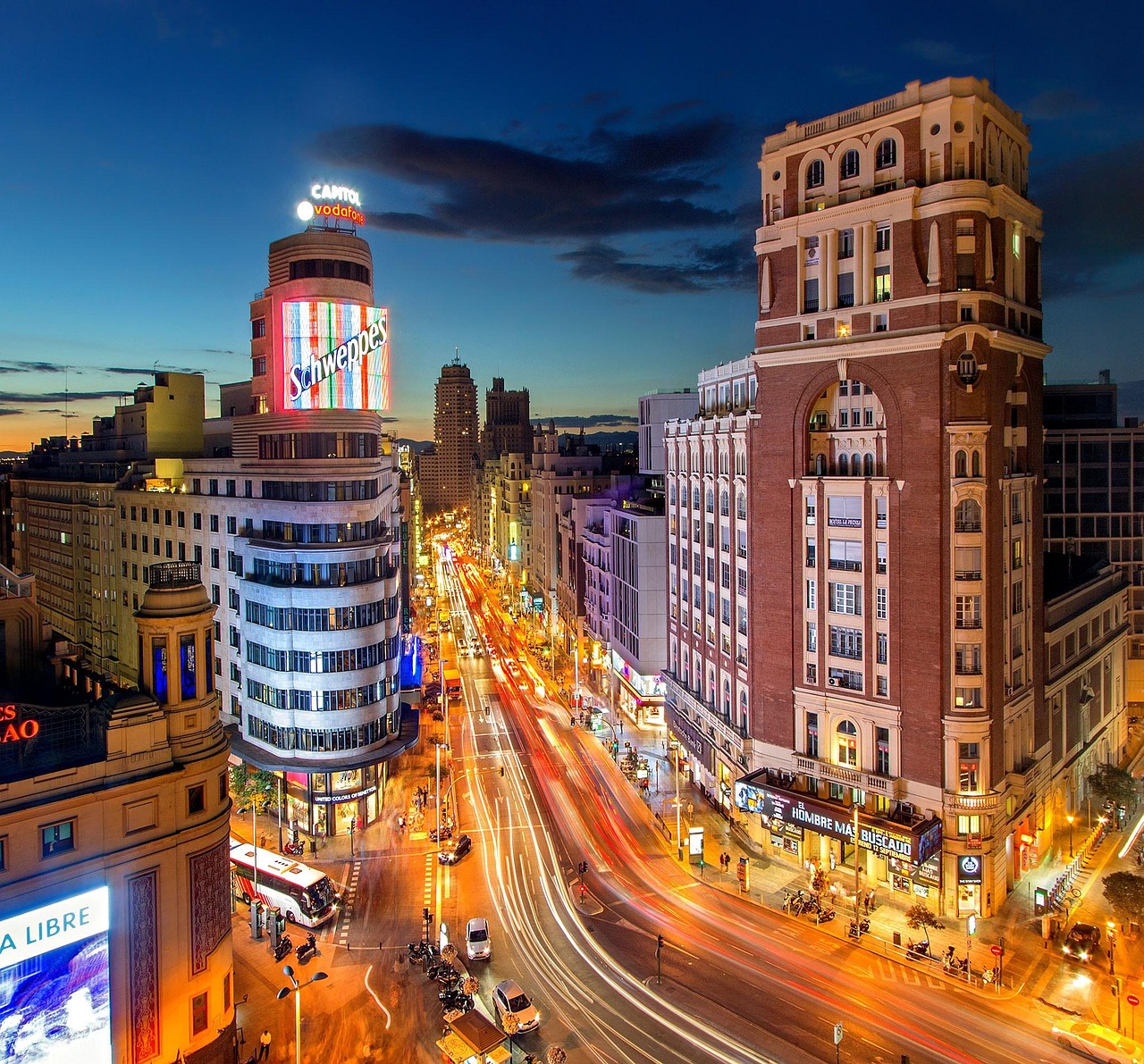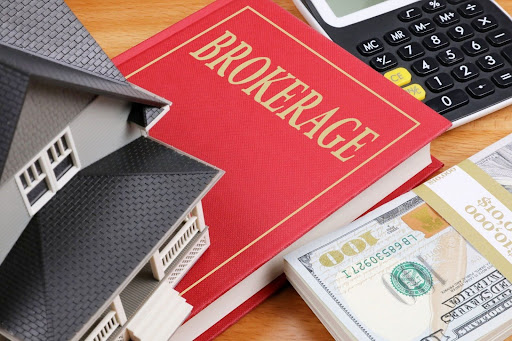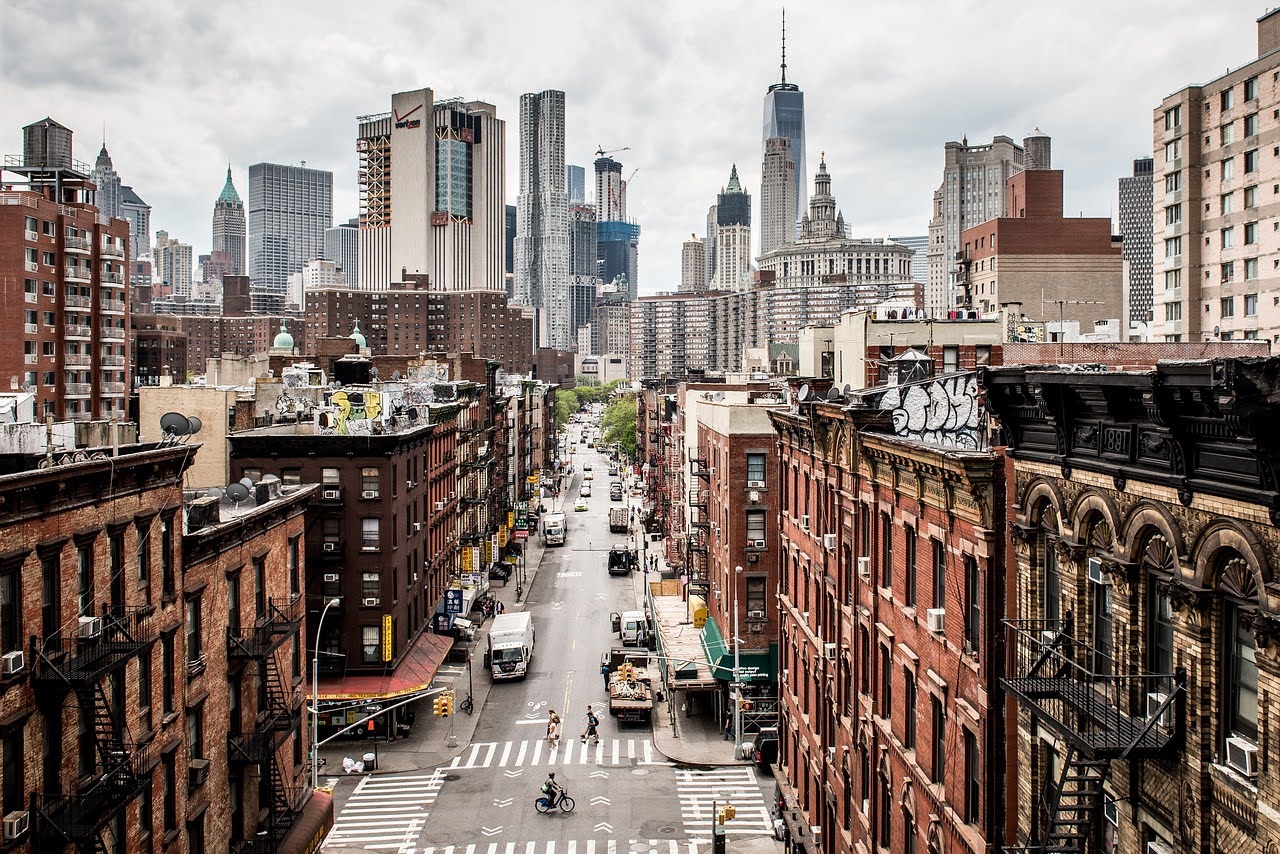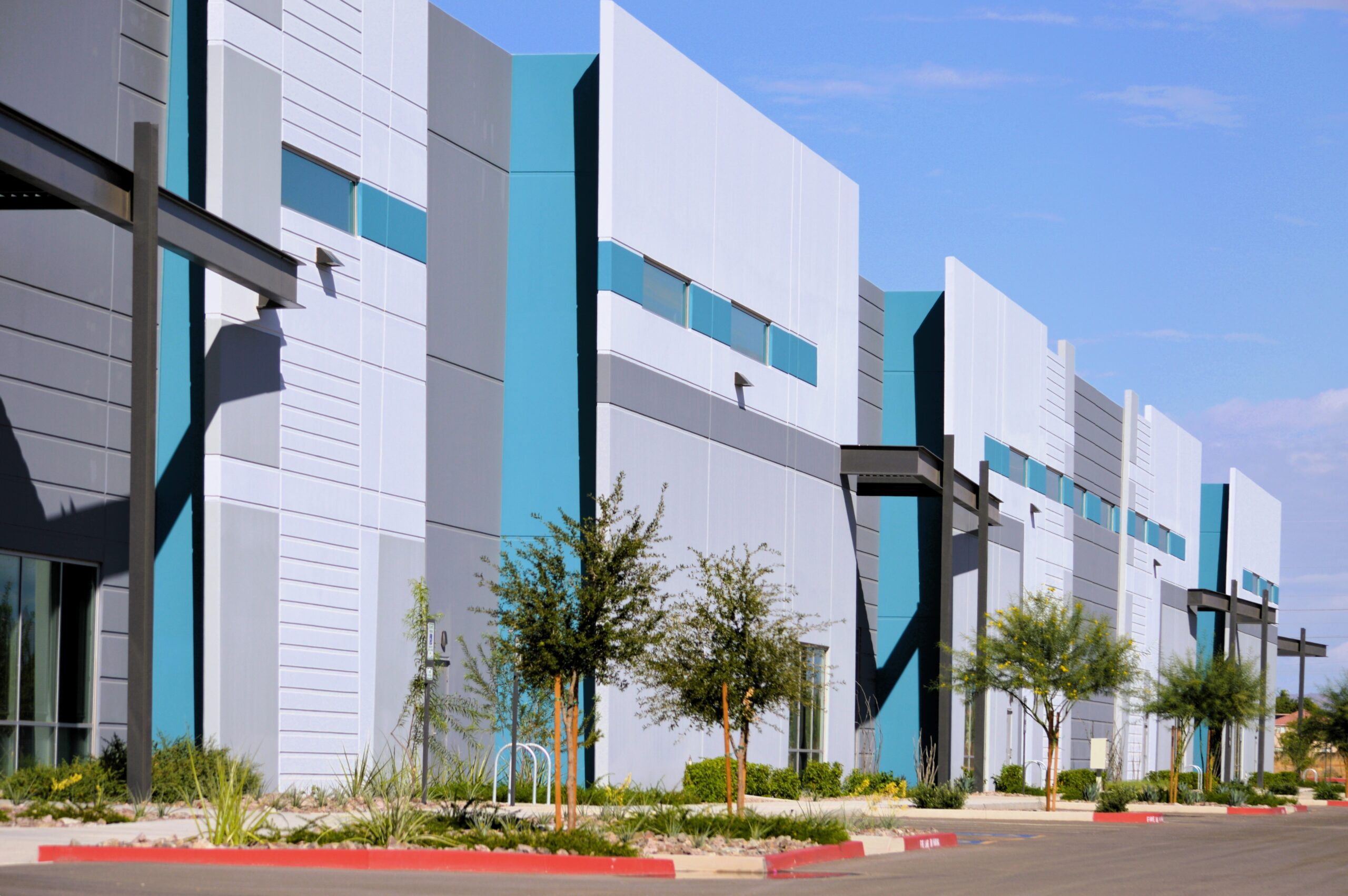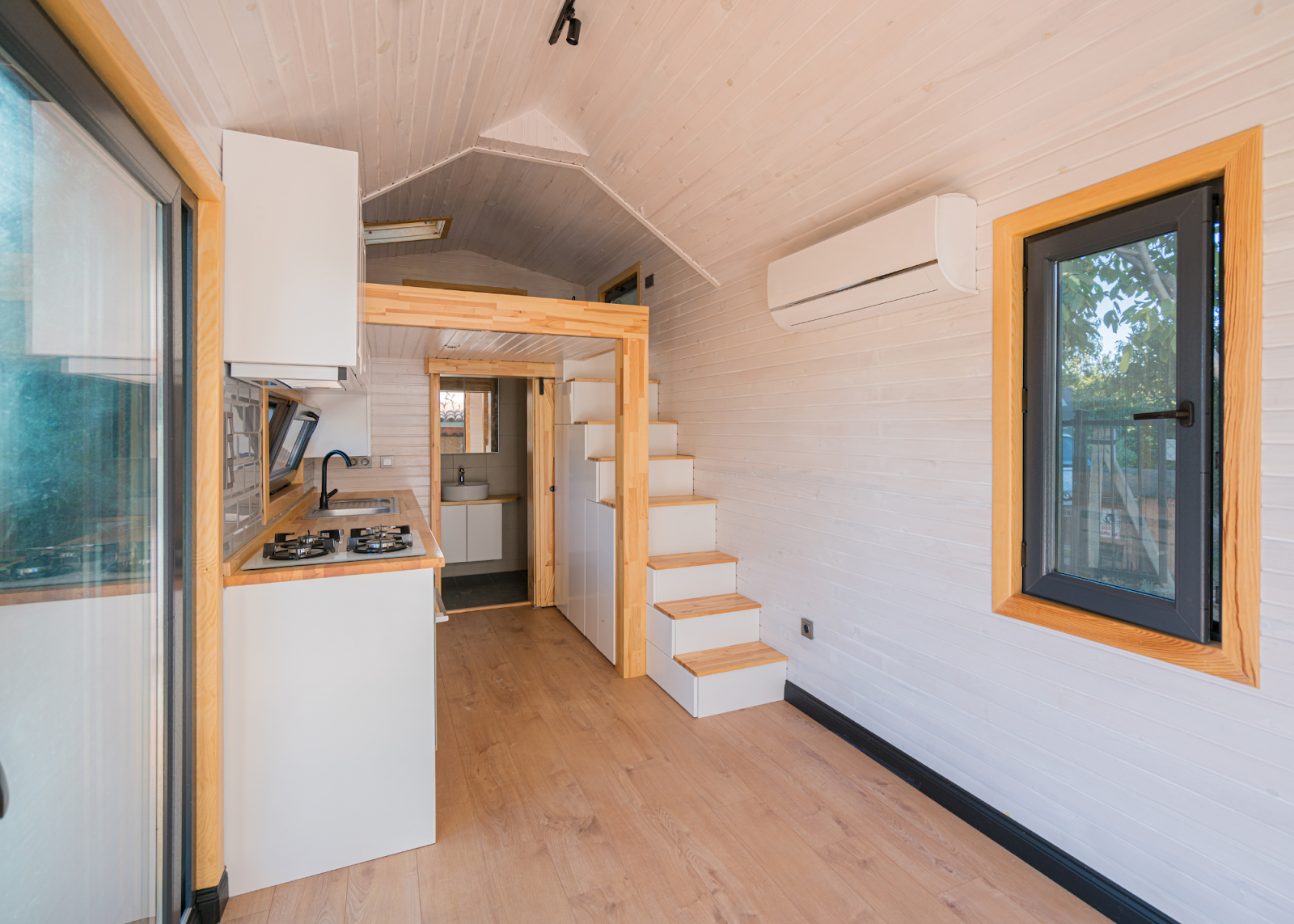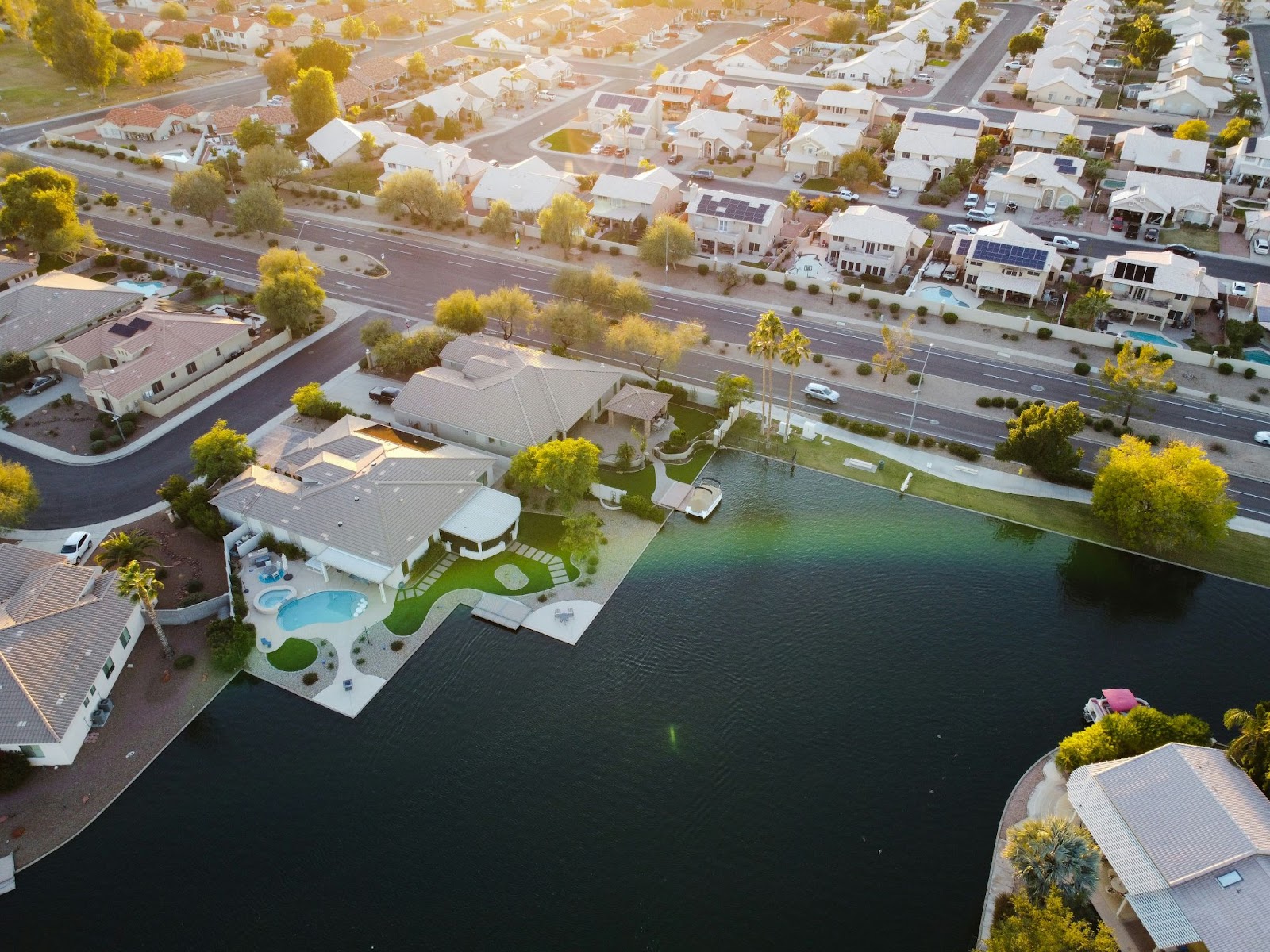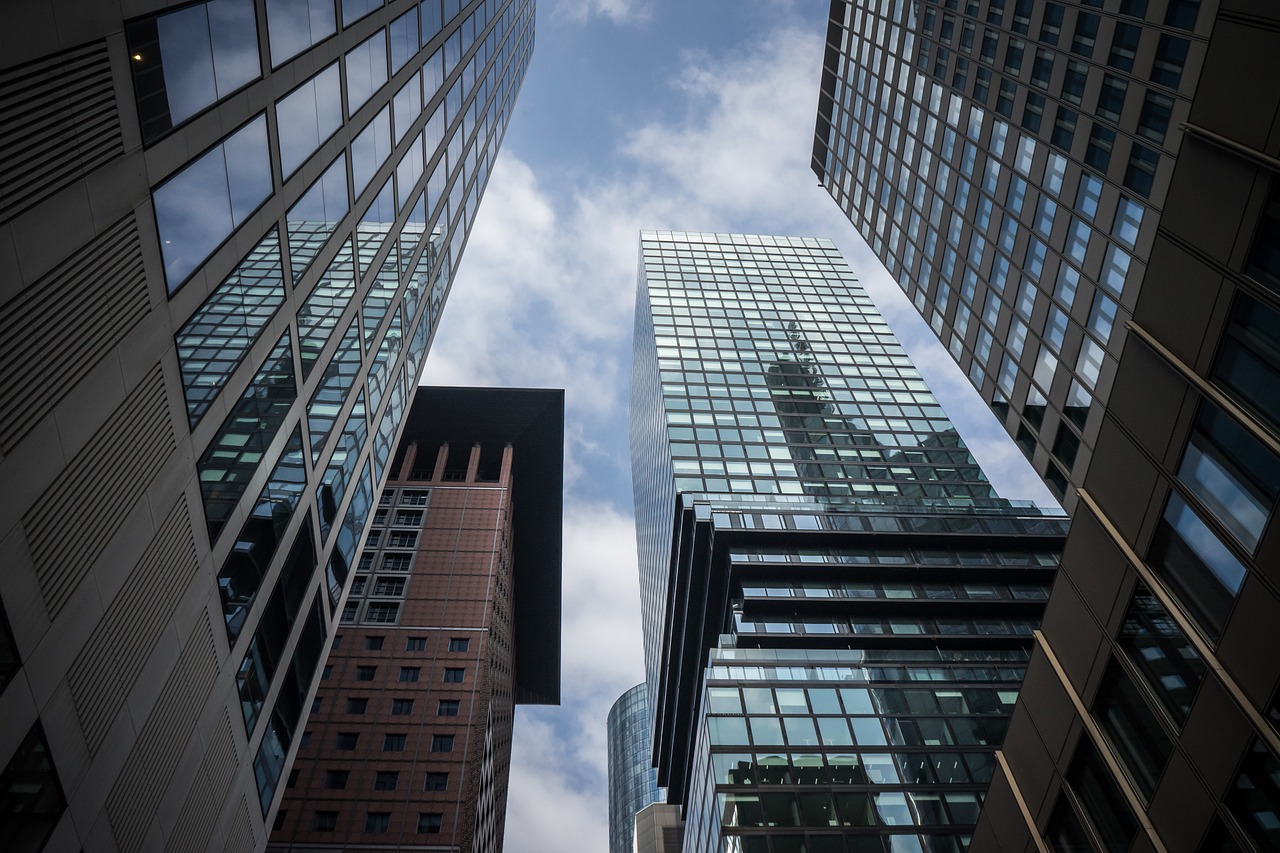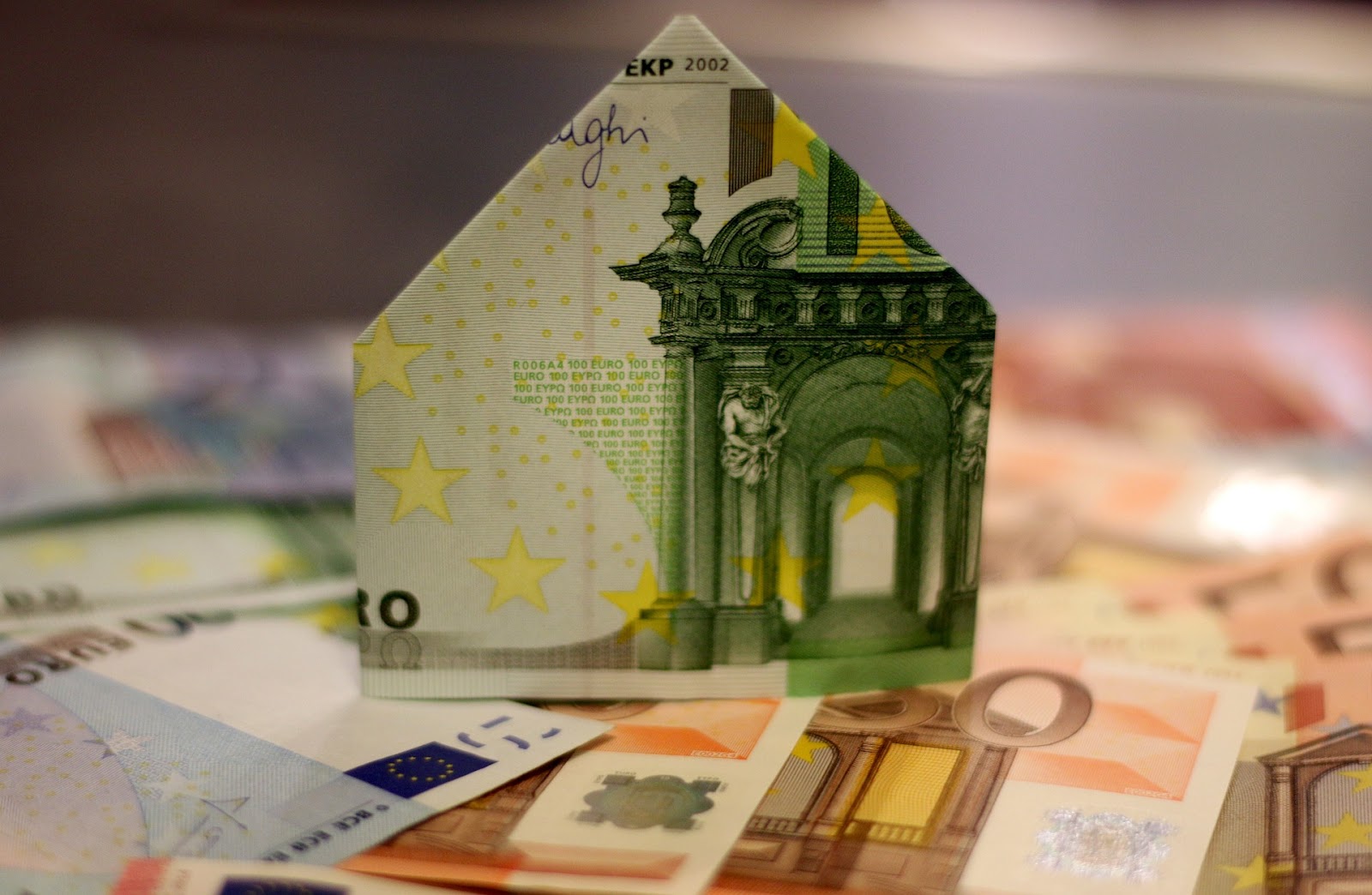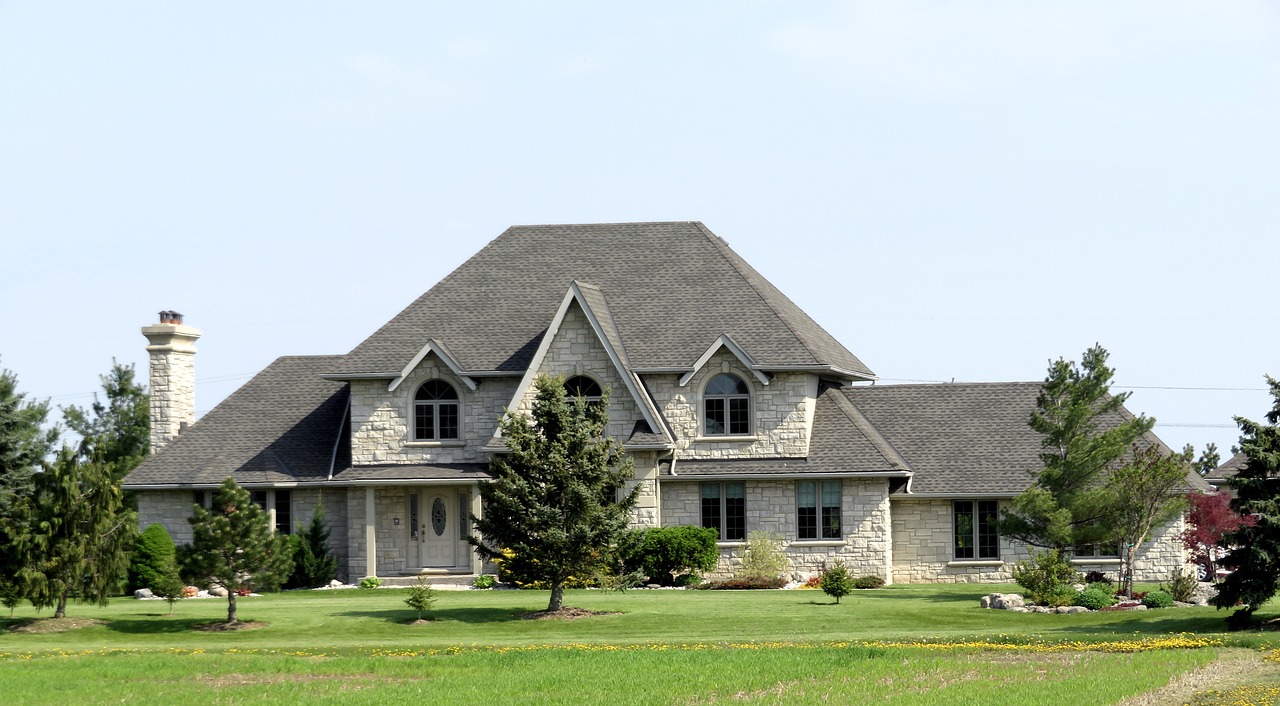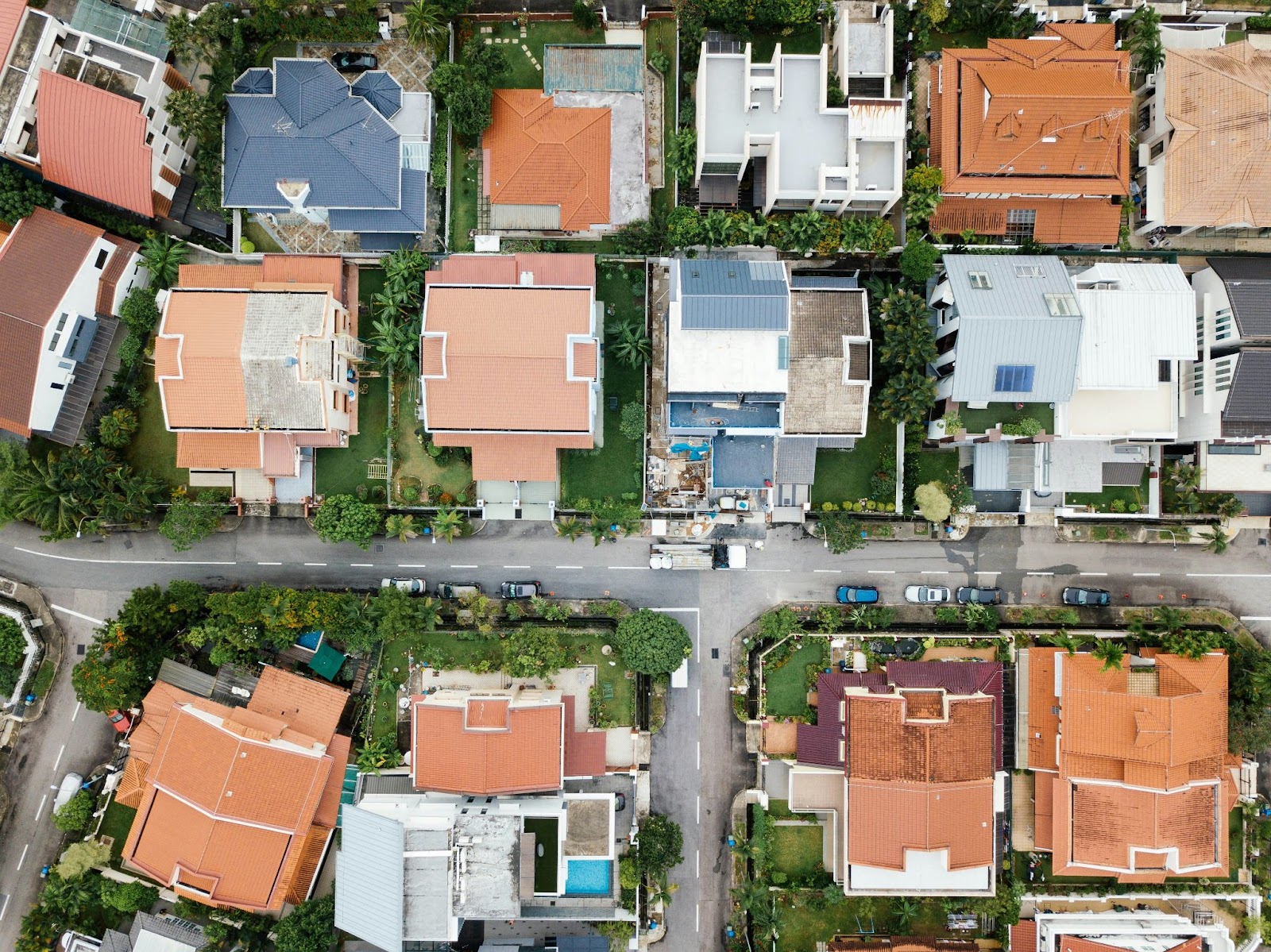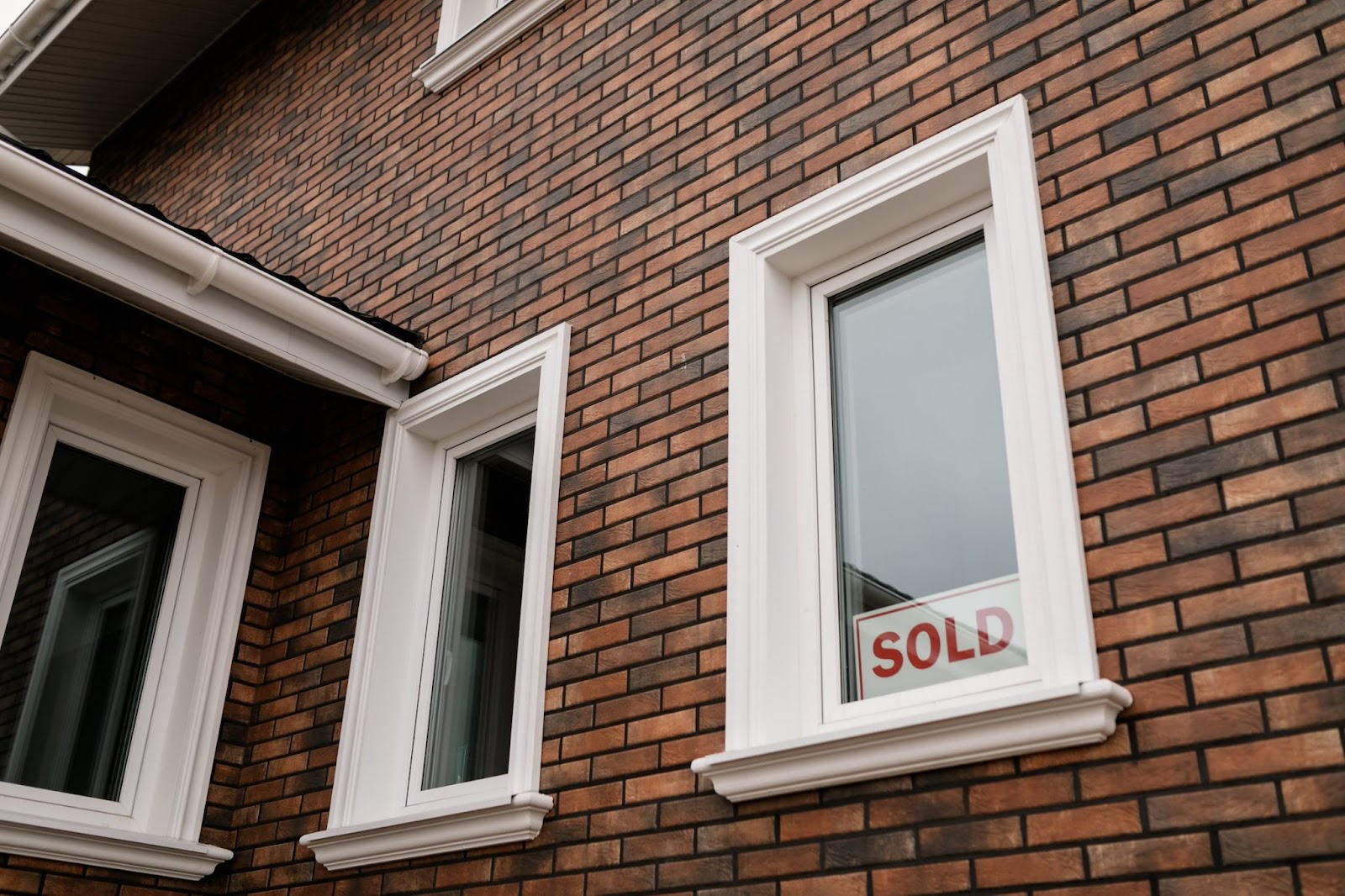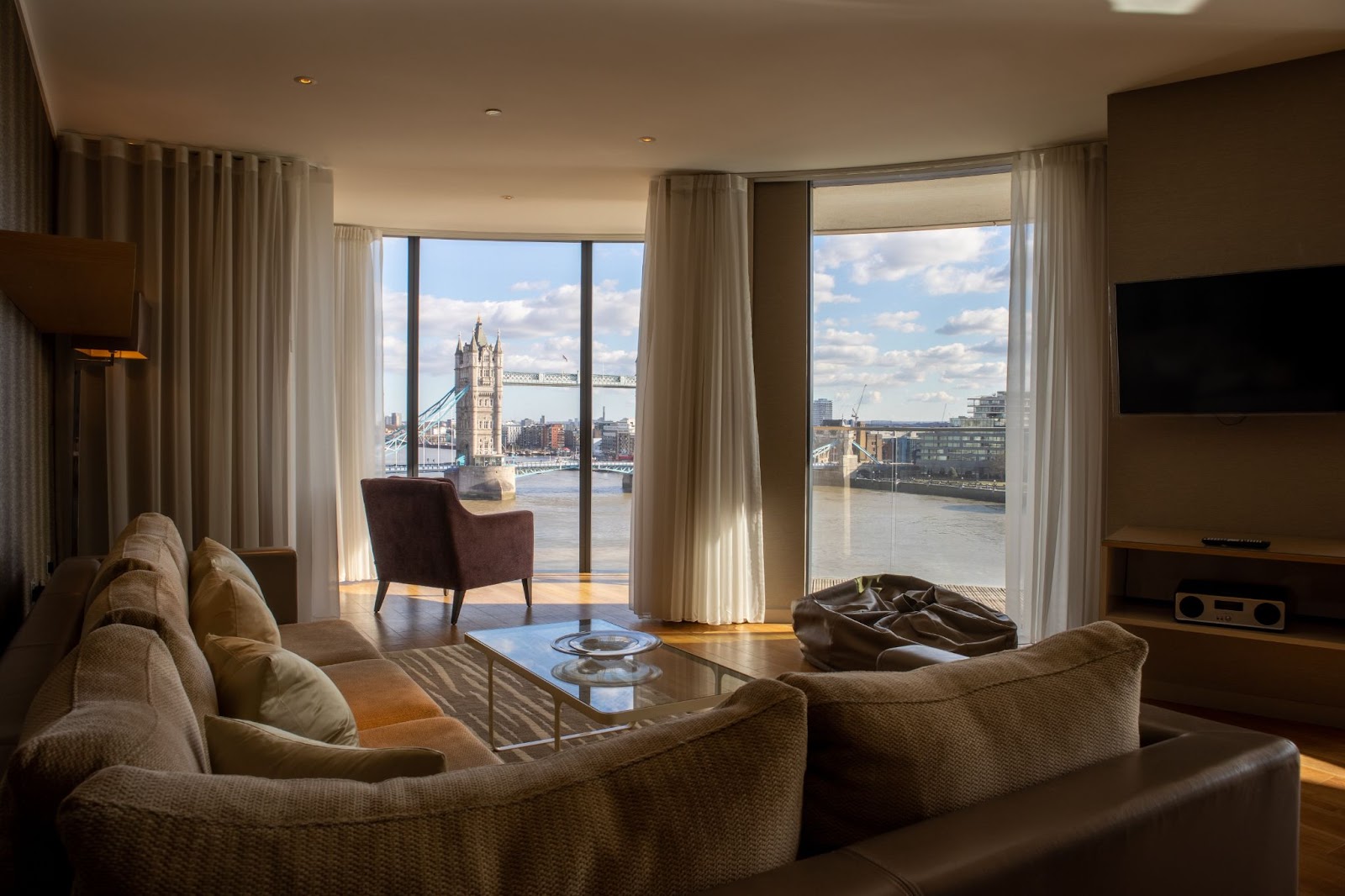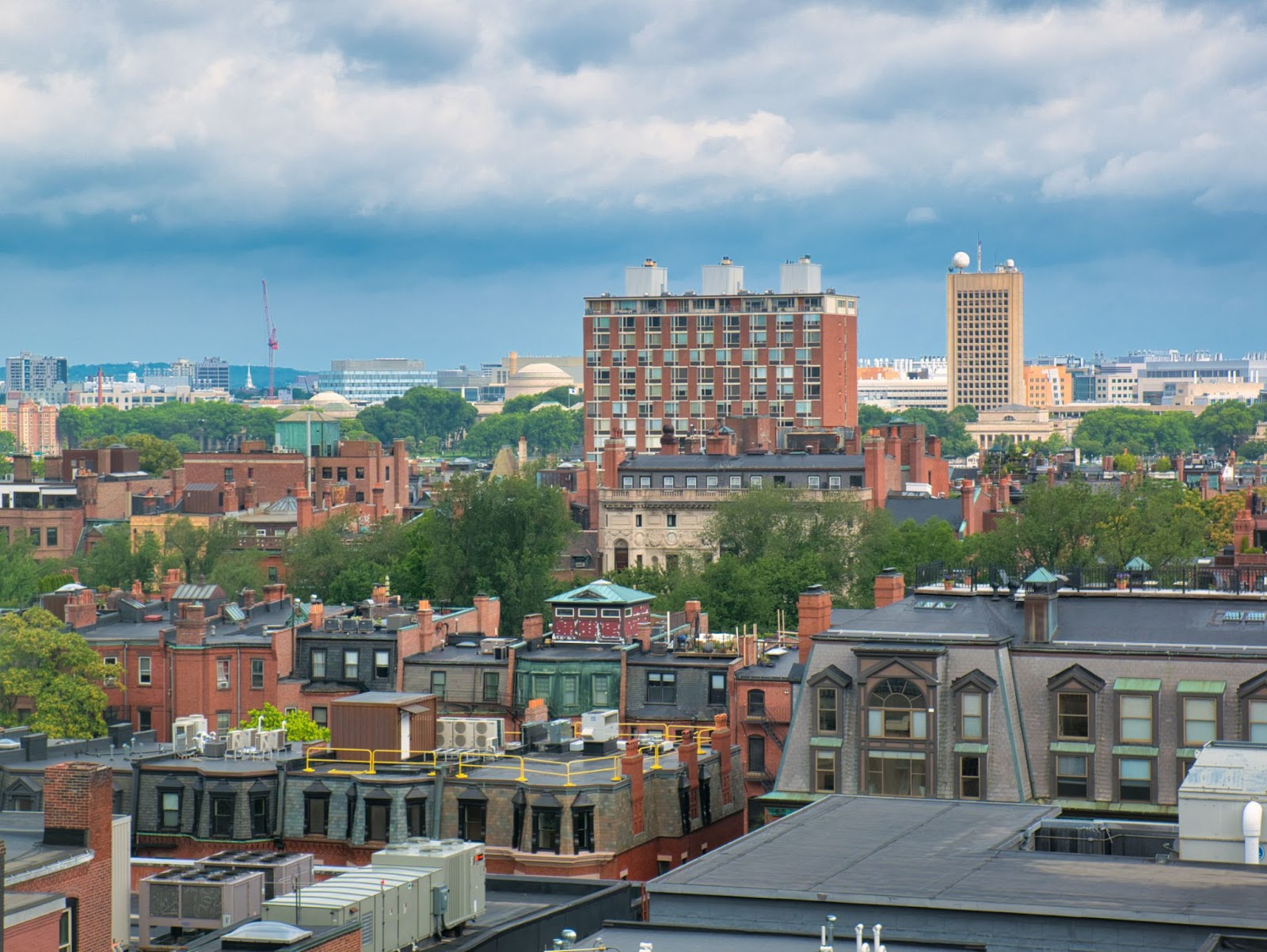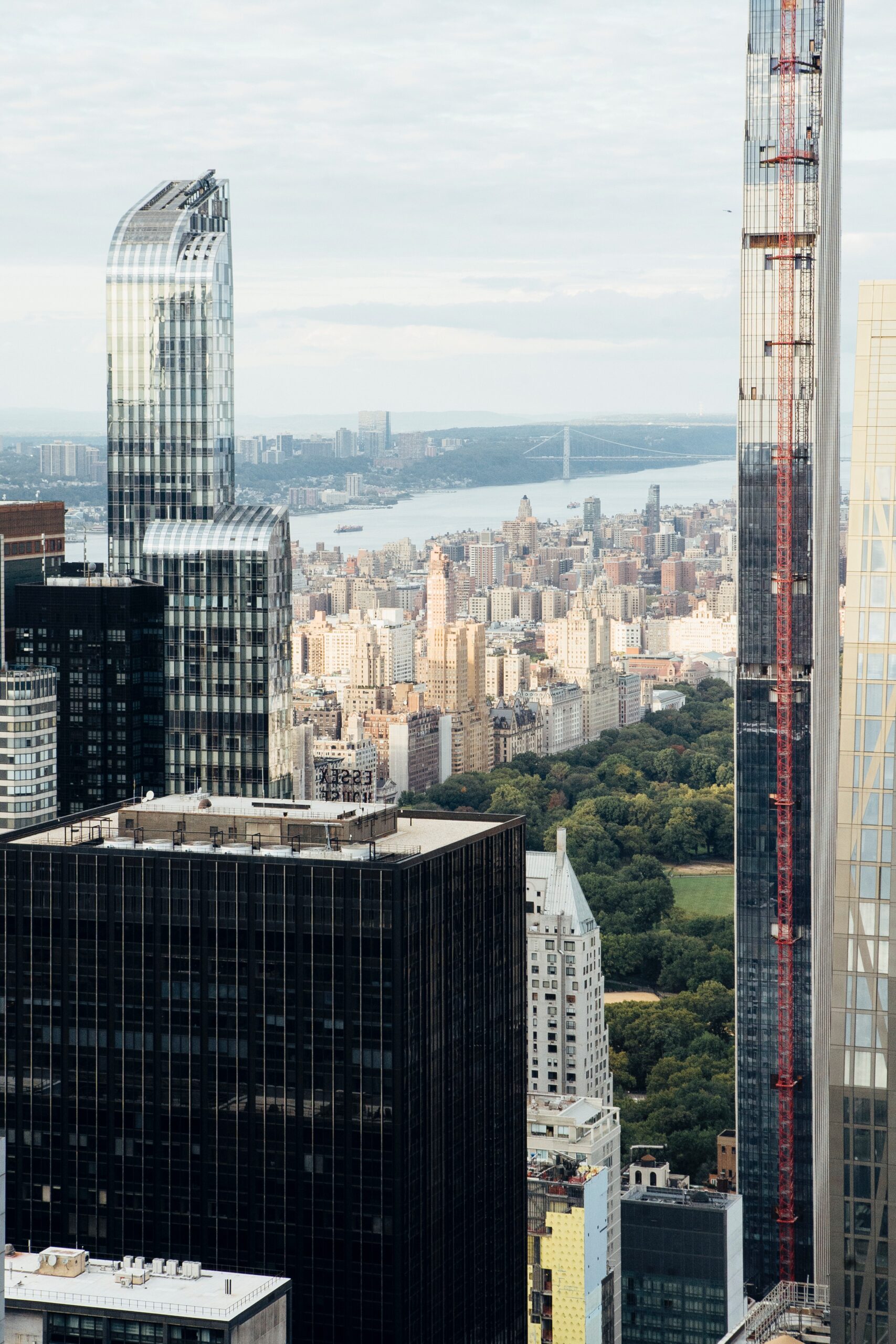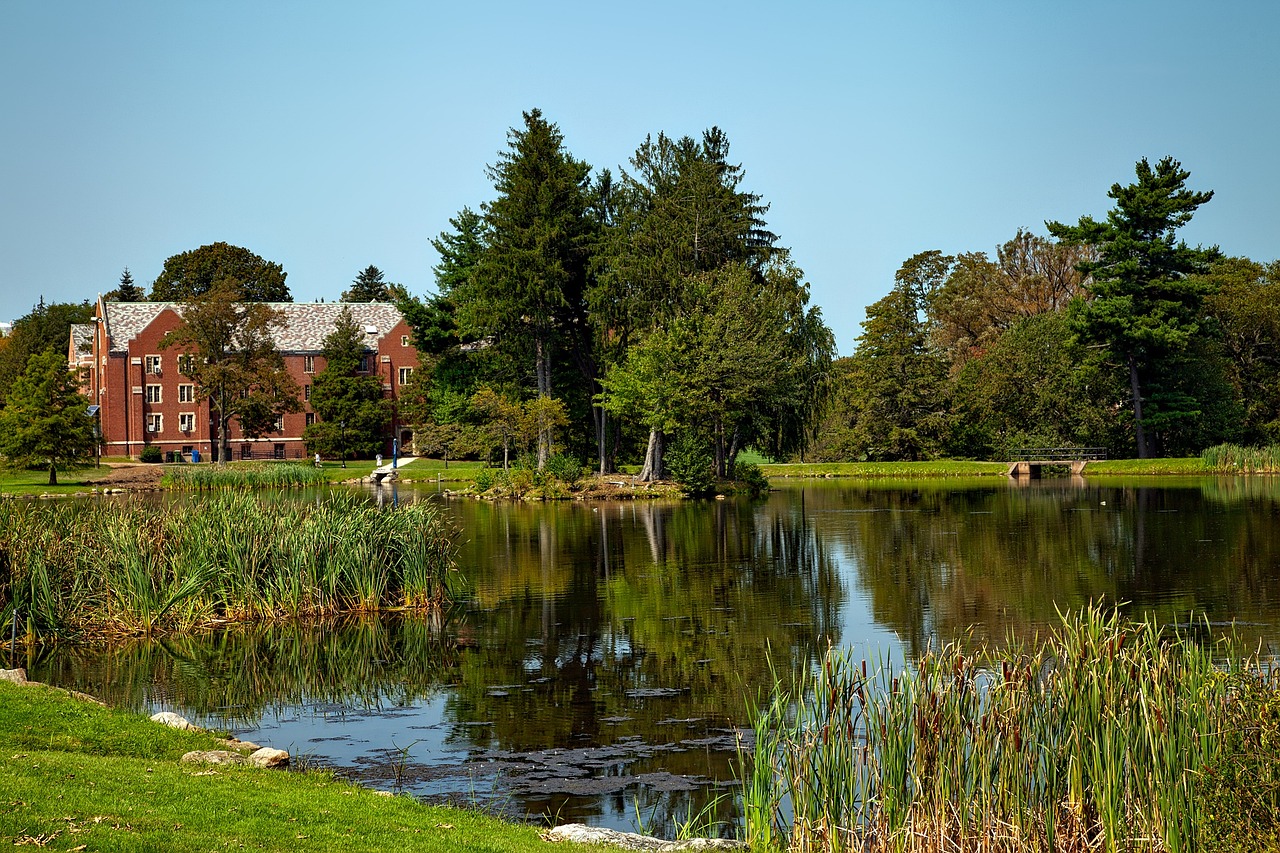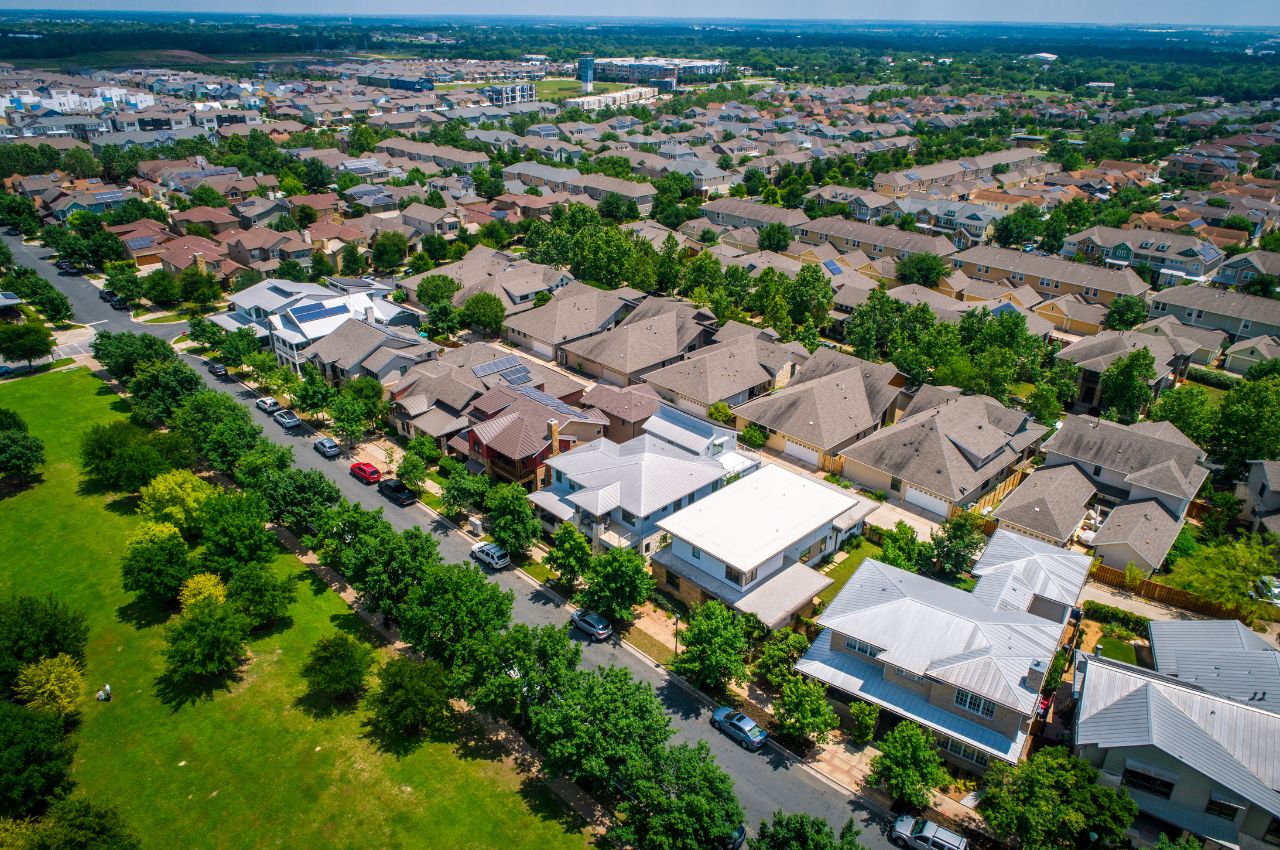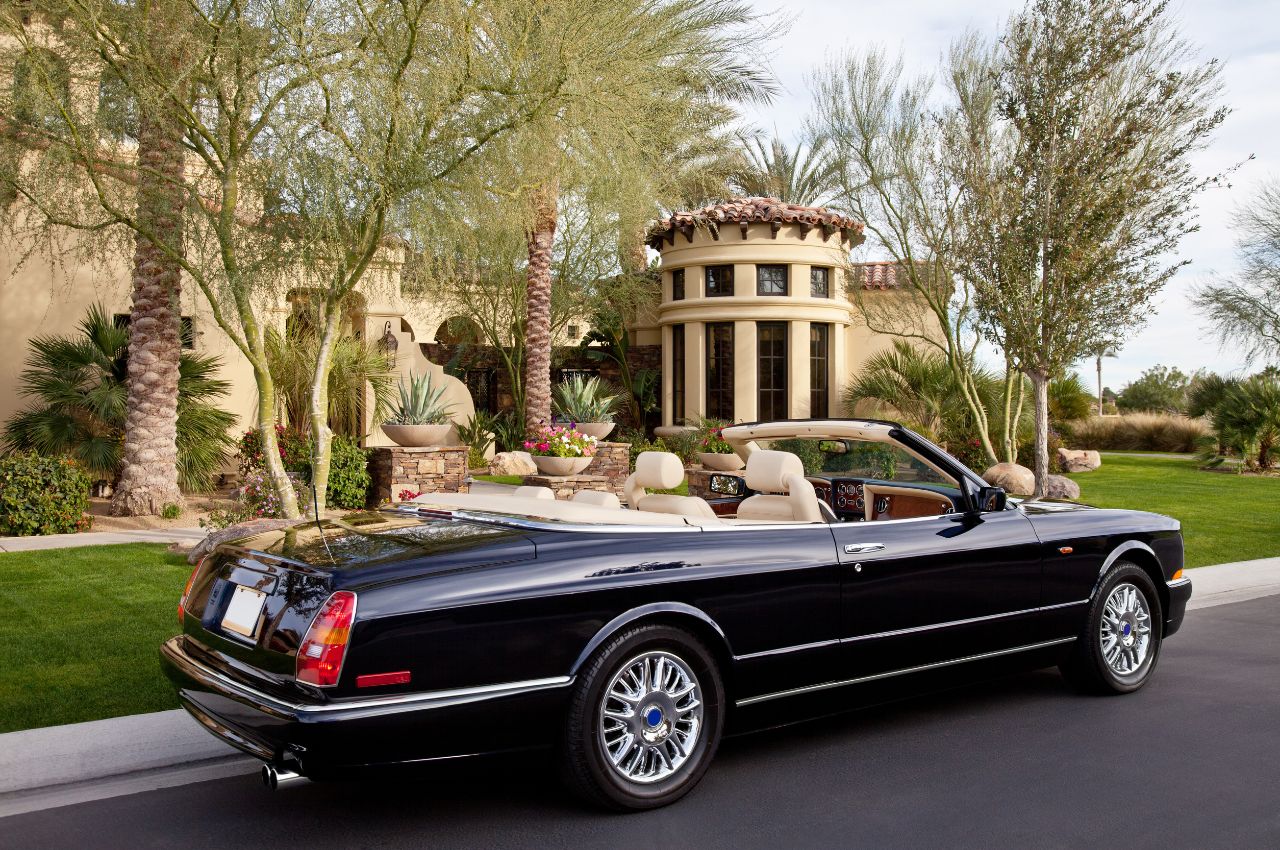In a notable shift in global real estate dynamics, U.S. investors are channeling substantial funds into London’s commercial property market with purchases reaching the highest level in nearly a decade. According to recent data from BNP Paribas Real Estate, American interest in British commercial properties has surged, driven by a comparative market recovery in the UK and an advantageous currency exchange rate.
Over the past several years, the global real estate sector has faced significant challenges. Commercial property values and sales have declined sharply worldwide due to rising borrowing costs and the impact of the pandemic. This has left many office spaces vacant. This trend has been particularly pronounced in the United States, where vacancy rates have soared.
However, the scenario appears different in the UK, especially in London, where the market shows signs of a quicker recovery. U.S. investors seem to be capitalizing on this opportunity, attracted by more favorable leasing fundamentals in Britain and a strong dollar against the British pound. This economic backdrop makes UK assets more appealing and cost-effective for dollar-based investors.
The data highlights a dramatic increase in investments from U.S. entities into London’s commercial real estate. In the first quarter of this year, U.S.-based investors poured £1.9 billion (approximately $2.4 billion) into the London market. This figure represents a six-fold increase from the same period last year and is the most substantial investment since the final quarter of 2015.
Fergus Keane, the head of central London capital markets at BNP Paribas Real Estate, remarked on the trend: “This positive uplift into this new cycle tells us U.S. capital is firmly back in the market.” High-profile transactions have underscored this resurgence of interest.
Notable deals include MCR Hotels’ acquisition of the iconic BT Tower for £275 million, with plans to transform the former telecommunications hub into a luxury hotel. Additionally, a collaboration between Elliott Management and Oval Real Estate saw the purchase of a £300 million mixed-use portfolio in London’s vibrant West End.
The broader figures are equally telling. Across Britain, U.S. investors spent £3.1 billion on property in the quarter, marking a two-thirds increase from 2023 and the highest level of investment since early 2022. The uptick in U.S. real estate investment in the UK coincides with domestic political uncertainties in the United States, which, according to Keane, are “certainly at play” in the recent surge.
Looking ahead, the UK is poised to remain a primary target for U.S. real estate investments abroad. Research from Knight Frank indicates that there is about $13 billion poised to be deployed into foreign real estate by U.S. investors, with Britain leading as the top beneficiary. This figure is up from $10 billion in 2023, highlighting a growing confidence and interest in the UK market among American investors.
This influx of U.S. capital into London not only reflects broader economic trends but also underscores the strategic shift by American investors toward markets perceived as more stable and promising higher returns. As the U.S. struggles with persistently high interest rates and a slow return to office life, coupled with political uncertainty ahead of the upcoming elections, the UK’s real estate market, particularly London, emerges as an alternative for international investors seeking viable opportunities in uncertain times.







